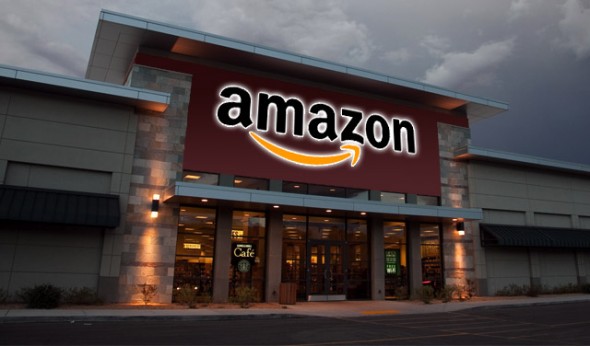
A few weeks ago, Amazon announced another new service they’ll be offering through their ebook store called Kindle Singles, which is meant to appeal to writers who want to publish something in that magical “in between” word count that comes between standard magazine article length and standard book length. The target size for Kindle Singles is 10,000-30,000 words, but Amazon will accept up to 50,000.
With this one simple idea, Amazon has demonstrated why they’re still king of the ebook marketplace — despite the likes of Barnes & Noble and Apple nipping at their heels. The reason why is simple: Amazon is always looking for those niches in publishing that haven’t been filled, and filling them. eBooks on the whole were nothing but a curiosity until Amazon started pushing them with their own proprietary hardware device and made it super-easy to buy and download ebooks straight to said device.
Barnes & Noble, Sony, Apple, and everyone else has just been playing catch-up to Amazon, and the fact is, they still are. When the Nook was launched, Barnes & Noble came up with two minor new innovations that Amazon didn’t have: ebook lending between devices, and free, full ebook reading while inside B&N’s brick-and-mortar locations. Amazon can’t match the latter, but they’re already planning a Kindle update that will allow 15-day lending.
Barnes & Noble has also just launched its highly-publicized “NookColor,” a dedicated ebook reader that features a color display. Amazon has been rumored to be working on a colorized Kindle, but the reports suggest that Amazon wants to develop a color e-ink display. E-ink, which is used in all of Amazon’s Kindle devices, is easier on battery life than other screen types, and most readers find it a lot easier on the eyes, with stronger contrast ratios between light and dark. In essence, e-ink is supposedly better for your eyes than other screens. NookColor, on the other hand, is an LCD display, just like the iPad and other tablet devices. You could say that Barnes & Noble took the quick-and-easy route just so they could beat Amazon to the color punch.
Amazon is doing their ebook business smart by always thinking ahead. They have a smart, affordable device of their own, and they’ve put their Kindle software on every other electronic device known to man. Their ereading format is entirely proprietary, but if consumers have no problem with Apple’s iTunes store and its inability to play nice with others, then why should Amazon following the same playbook be an issue?
The only stumbling block in Amazon’s way is its Digital Text Platform, the online app that writers and publishers use to submit their books to the Kindle store. Using DTP’s multi-step, often confusing process, is akin to submitting a product for sale to eBay. Barnes & Noble has a more streamlined process, in the recently-announced PubIt app.
But the simple fact of the matter is that no one has yet created epublishing’s killer app. Amazon’s system is by far the most popular, but it’s not inviting to would-be ebook publishers, requiring a steep learning curve. If someone were to come along with a web app that makes epublishing point-and-click easy, that could easily penetrate both online stores and brick-and-mortars… when that day comes, ebooks may just kill the printed page.
Amazon has done things so smartly up to this point, aside from one thing: the DTP publishing process. If Amazon were to be the one to come up with a super-simple, universally-accessible submission process and ebook format, they could just find themselves with a sudden monopoly on the ebook market. In the meantime, Amazon’s stranglehold on ebooks isn’t going anywhere soon, because they got there first, and they never stop looking for new ways of using ebooks to meet consumers’ needs.


Leave a Reply